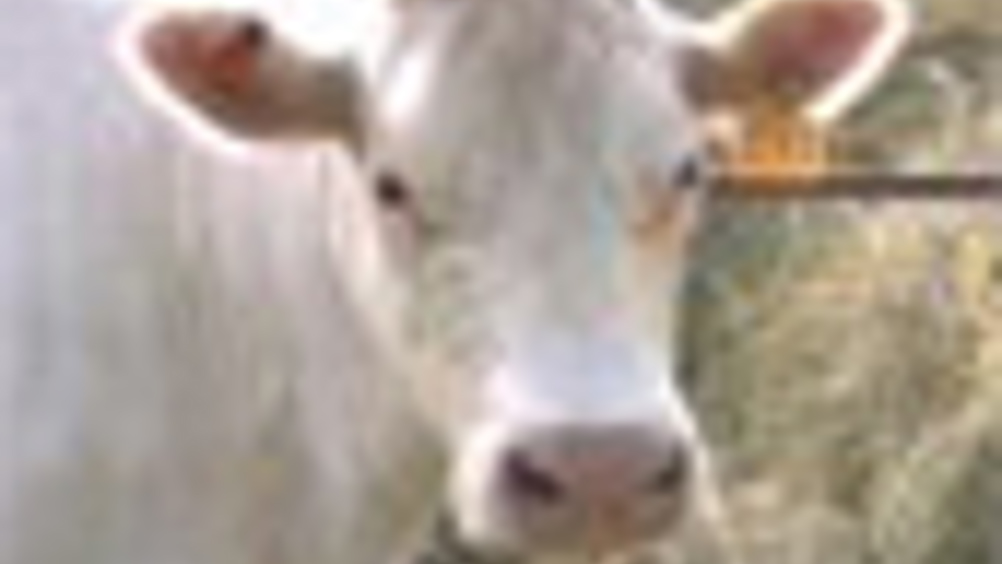Long look at farmland
Scientists from Aberystwyth University’s new biosciences centre are using a small unmanned aircraft to take images of fields and crops.

Scientists from Aberystwyth University’s new biosciences centre are using a small unmanned aircraft equipped with sensors to fly over farmland taking images of fields and crops.
The researchers at the Institute for Biological, Environmental and Rural Sciences (IBERS) envisage that the airborne images will help farmers with a range of problems, including how much fertiliser to use on their fields.
IBERS is working in partnership with Aberystwyth University’s Institute of Geography and Earth Services and QinetiQ, which runs the West Wales Unmanned Aerial Vehicle Centre at Aberporth. The so-called U-MAP project is supported by the Welsh Assembly Government.
One of the main aims of the project will be to use the technology to help manage the amount of nitrates used on the land - they are among the most serious causes of pollution in farming, but are also vital for crops.
A sophisticated new computer analysis technique applied to the images taken from the aircraft will show how much nitrogen there is in the soil and in vegetation, which crops need more fertiliser and where excess nitrogen is being left in the ground.
Register now to continue reading
Thanks for visiting The Engineer. You’ve now reached your monthly limit of news stories. Register for free to unlock unlimited access to all of our news coverage, as well as premium content including opinion, in-depth features and special reports.
Benefits of registering
-
In-depth insights and coverage of key emerging trends
-
Unrestricted access to special reports throughout the year
-
Daily technology news delivered straight to your inbox










Water Sector Talent Exodus Could Cripple The Sector
Maybe if things are essential for the running of a country and we want to pay a fair price we should be running these utilities on a not for profit...